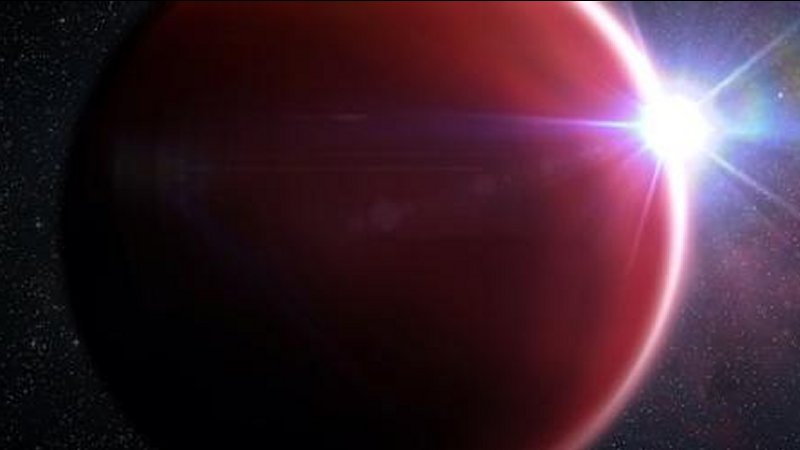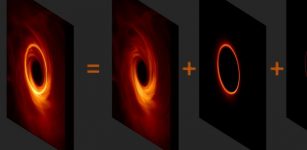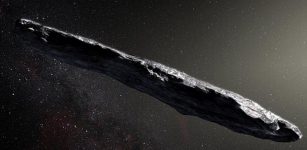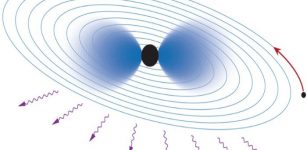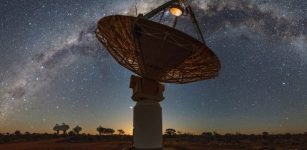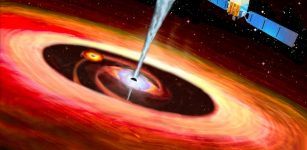A New Type Of Pulsating Star – Discovered
Eddie Gonzales Jr. – MessageToEagle.com – A new class of pulsators that vary in brightness every five minutes, has been discovered by a team of astronomers led by UC Santa Barbara researcher Thomas Kupfer.
“Many stars pulsate, even our sun does on a very small scale,” Kupfer, a postdoctoral scholar at UC Santa Barbara’s Kavli Institute for Theoretical Physics (KITP) said in a press release.
The nebula remains of a dead giant star surround the remaining subdwarf O star, another kind of hot subdwarf. Image credit: European Southern Observatory
“Those with the largest brightness changes are usually radial pulsators, ‘breathing’ in and out as the entire star changes size,” he explained. By studying pulsations in detail, scientists can learn about these stars’ interior properties.
A true pulsator can vary in brightness by some 10% due to a periodic change in its temperature, radius or both.
At first, the objects were believed to be two pairs of binary stars, due to their quick and large changes in brightness the team could confirm that they were dealing with pulsators. Team has now identified the stand-out stars as hot subdwarf pulsators.
A subdwarf is a star about one-tenth the diameter of the sun with a mass between 20 and 50% that of sun. They’re incredibly hot — up to 90,000 degrees Fahrenheit, compared to the sun’s 10,000 F.
“These stars have certainly completed fusing all of the hydrogen in their core into helium, explaining why they are so small and can oscillate so rapidly,” said KITP Director Lars Bildsten.
Because of the stars’ low masses, the team believes they started life as typical sun-like stars fusing hydrogen to helium in their cores. After exhausting the hydrogen in their cores, the stars expanded into the red giant stage. Usually, a star will reach its largest radius and begin fusing helium deep in the core. However, the scientists think these newly discovered stars had their outer material stolen by a companion before the helium became hot and dense enough to fuse.
The new findings indicate that this group includes different types of stars. “Some do helium fusion and some don’t,” Kupfer said.
Kupfer believes there’s more to come. “I expect that these large, time-domain surveys like the Zwicky Transient Facility will bring many unexpected discoveries in the future,” he said.
Written by Eddie Gonzales Jr. – MessageToEagle.com Staff




